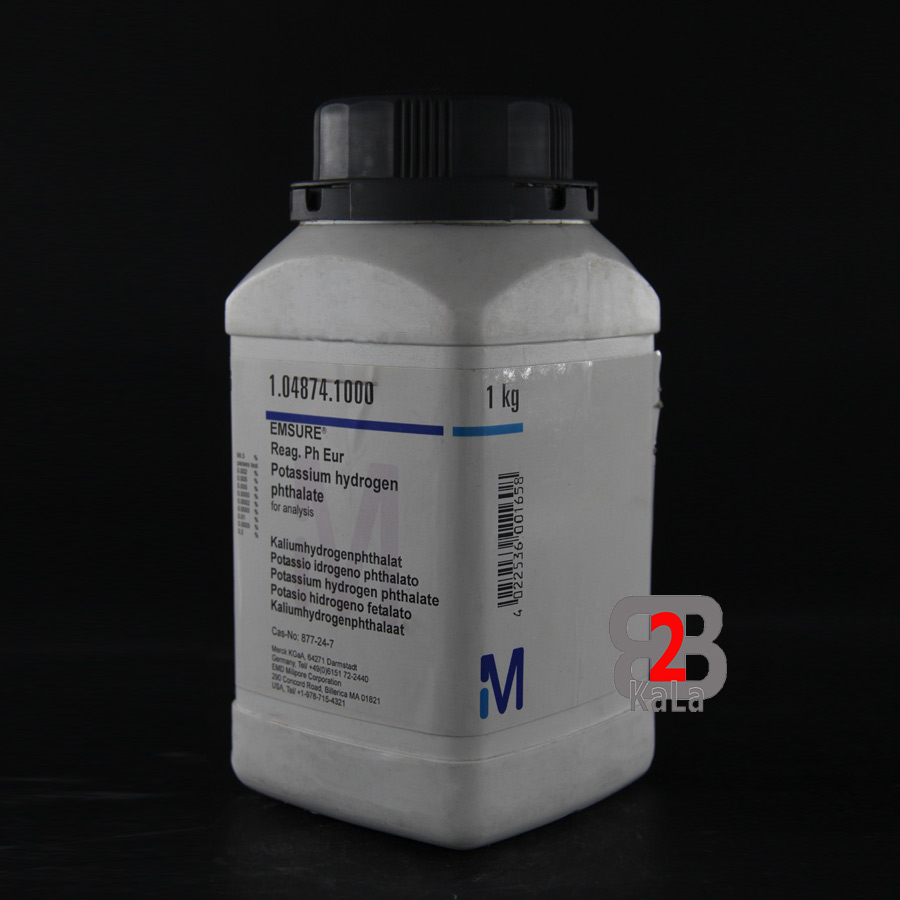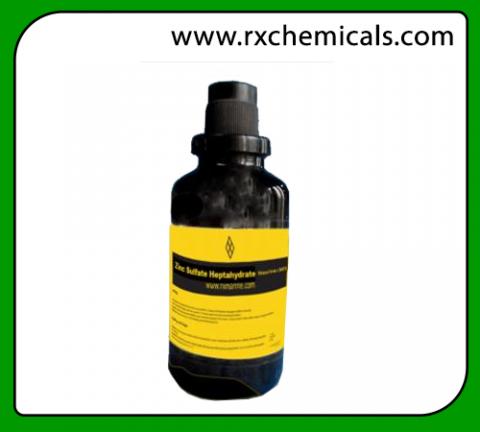
Le phtalate acide de potassium est le sel monopotassique de l'acide benzène-1,2-dicarboxylique (acide phtalique).Muchos analizadores de COT sugieren probar sus instrumentos con dos patrones: por lo general uno fácil de oxidar (el KHP), y uno más difícil de oxidar (como la benzoquinona). La mayoría de los analizadores de COT se basan en la oxidación de compuestos orgánicos a dióxido de carbono y agua, con cuantificación posterior del dióxido de carbono. El KHP es también un patrón útil para determinar el Análisis de (COT). HP- + H2O P2- + H3O+ El KHP se puede utilizar como un agente tampón (en combinación con ácido clorhídrico (HCl) o hidróxido de sodio (NaOH) en función de si se desea pH mayor o menor), pero no debe utilizarse como amortiguador para reacciones de descarboxilación, debido a que se degrada el KHP. Como ácido débil que es el HP-, reacciona reversiblemente con agua para dar el ion hidronio (H3O+) e iones ftalato (P2-). Además, no es higroscópico. En agua, el KHP se disocia completamente dando el catión potasio (K+) y el anión hidrógeno ftalato (HP-). El Hidrogenoftalato de potasio o biftalato ácido de potasio (KHP), es una sal con un hidrógeno ligeramente ácido, y se utiliza a menudo como patrón primario en valoración ácido-base porque es sólido y estable al aire, por lo que es fácil de pesar con precisión.Der farblose, kristalline Feststoff ist löslich in Wasser. Kaliumhydrogenphthalat (auch Kaliumsäurephthalat genannt) ist ein Salz der o-Phthalsäure.Definition, Standards, and Procedures IUPAC Recommendation" (PDF). National Institute of Standards and Technology. Thermogravimetry of potassium hydrogen phthalate and its use as a thermal standard. ^ "The Standardization Of NaOH and KHP Assay" (PDF)."Further Work on Potassium Hydrogen Phthalate as a Standard in Volumetric Analysis". ^ "104874 | Potassium hydrogen phthalate".For the latter, benzoquinone is suggested. Many TOC analysts suggest testing their instruments with two standards: one typically easy for the instrument to oxidize (KHP), and one more difficult to oxidize. Most TOC analyzers are based on the oxidation of organics to carbon dioxide and water, with subsequent quantitation of the carbon dioxide. KHP is also a useful standard for total organic carbon (TOC) testing. The pKa of KHP is 5.4, so its pH buffering range would be 4.4 to 6.4 however, due to the presence of the second acidic group that bears the potassium ion, the first pKa also contributes to the buffering range well below pH 4.0, which is why KHP is a good choice for use as a reference standard for pH 4.00.

The buffering region is dependent upon the pKa, and is typically +/- 1.0 pH units of the pKa. KHP can be used as a buffering agent in combination with hydrochloric acid (HCl) or sodium hydroxide (NaOH). KHP dissociates completely in water, giving the potassium cation (K +) and hydrogen phthalate anion (HP − or Hphthalate −)Īnd then, acting as a weak acid, hydrogen phthalate reacts reversibly with water to give hydronium (H 3O +) and phthalate ions. It also serves as a thermal standard in thermogravimetric analysis. It is also used as a primary standard for calibrating pH meters because, besides the properties just mentioned, its pH in solution is very stable.

KHP is slightly acidic, and it is often used as a primary standard for acid–base titrations because it is solid and air-stable, making it easy to weigh accurately. It forms white powder, colorless crystals, a colorless solution, and an ionic solid that is the monopotassium salt of phthalic acid. Potassium hydrogen phthalate, often called simply KHP, is an acidic salt compound.


 0 kommentar(er)
0 kommentar(er)
